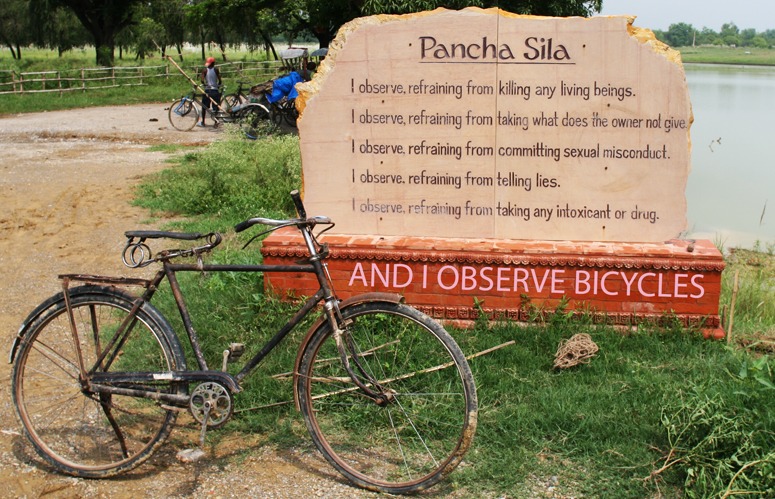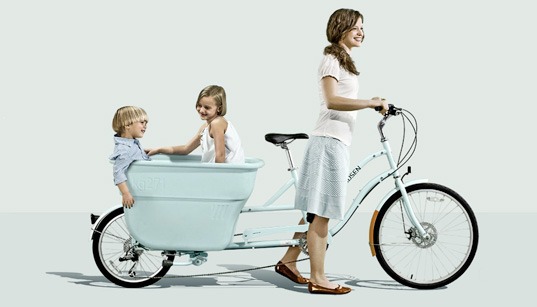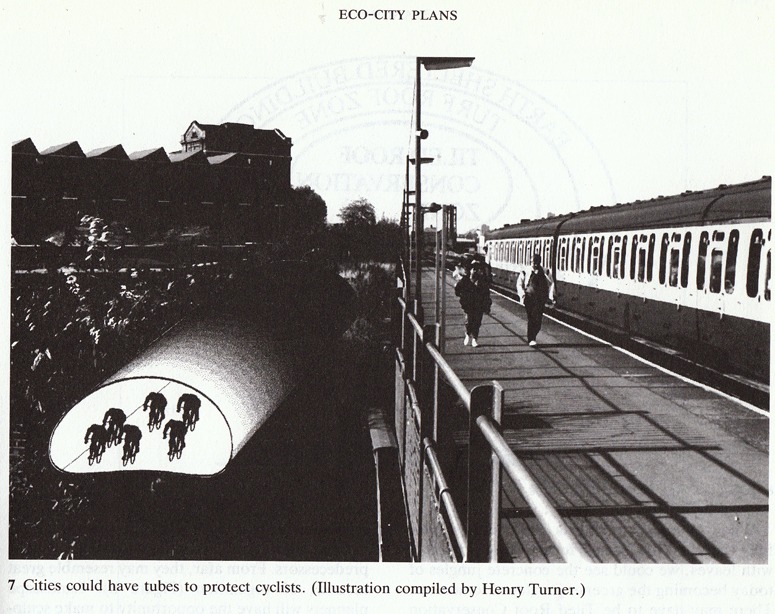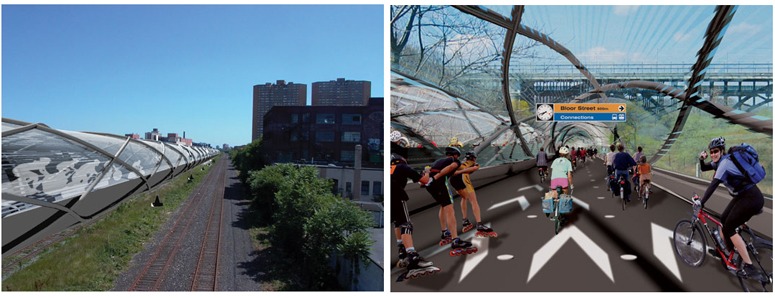 “It must be asserted that the Pancha Sila (Five Precepts) do not necessarily make a person a Buddhist, but to be a real Buddhist, one has to observe the five precepts”. Furthermore, to be a good Buddhist one should ride a bicycle instead of driving a car. Is there such a thing as a Buddhist approach to urban design? I wish there were: urban design based on bare scientific rationalism has produced, and is producing, ugly and unsustainable cities throughout Asia. The above photograph of the Great Green Machine was taken beside the canal in Kenzo Tange’s preposterously bombastic baroque design for the Buddha’s birthplace: Lumbini.
“It must be asserted that the Pancha Sila (Five Precepts) do not necessarily make a person a Buddhist, but to be a real Buddhist, one has to observe the five precepts”. Furthermore, to be a good Buddhist one should ride a bicycle instead of driving a car. Is there such a thing as a Buddhist approach to urban design? I wish there were: urban design based on bare scientific rationalism has produced, and is producing, ugly and unsustainable cities throughout Asia. The above photograph of the Great Green Machine was taken beside the canal in Kenzo Tange’s preposterously bombastic baroque design for the Buddha’s birthplace: Lumbini.
Category Archives: Cycle planning
The snowball effect
Tom once the winter is over you will be free of snowball throwing teenagers! Then perhaps, given your recent acquisition of expertise in the art of dodging snowballs through firsthand experience, you can give lessons on snowball etiquette in urban and rural areas and advice for the unwary…
I found this description of teenage snowball warfare that might be of assistance in compiling the necessary advice.
Here are several scenerios with which to contextualise your advice:
Scenerio One: A seventy year-old was arrested for allegedly pointing a gun at snowball throwing teenagers.
Scenerio Two: The police and hoodies engage in snowball fight.
Scenerio Three: A man kidnaps a teenager for throwing a snowball.
Scenerio Four: Girl throws a snowball at a boy.
Scenerio Five: Police hunt teenagers throwing snowballs at traffic.
Here is some helpful opinions from the general snowball fight interested public. Overzealous teenagers, snowballs and transportation seem to be a particularly potent mix.
White commuting is another reason for wanting cycletubes in urban areas
It snowed yesterday. About half London took the day off and my cycle to work took twice as long. When I set off home the back roads were covered with icy ruts. After about 20 minutes of precarious travel I came level with a bunch of 25 teenagers wearing hoods. They moved into the road and surrounded me as I drew level. Then they pelted me with icy snowballs. I wobbled, stayed upright and had to stop to dig the snow out of my ears. My wife asked why my voice sounded hoarse when I got home. ‘Too much bad language at full volume’ I explained. The kids, no doubt, were just having fun – relieving the ennui of urban life – but they made me wish God would release a sheaf of thunderbolts. Sadly, the morning news had nothing about lightning-strikes on groups of hoodies in South London – so I have another reason for wanting cycle tubes for green communters. Meanwhile, I will learn the rest of the poem:
Cannon to right of them,
Cannon to left of them,
Cannon in front of them
Volley’d and thunder’d;
Storm’d at with shot and shell,
Boldly they rode and well,
Into the jaws of Death,
Into the mouth of Hell
Rides the poor cyclist.
Elevated cycling tubes for green commuters
I published the above image in 1996 with the comment that ‘At some point we may be able to have a network of plastic tubes, with blown air assisting cyclists in their direction of travel (Figure 7)’. The photograph was taken in Greenwich station and the ‘slot’ where the cycletube is shown has since been used to build an extension to the Docklands Light Railway (from Lewisham to Canary Wharf). I like the DLR but, still believing London needs an overhead cycletube system for green commuters, was delighted to hear a comparable veloway has been proposed in Canada (see illustrations below).
The user experience in a pneumatic cycletube would be sublime: quiet, beautiful, self-directed transport. There is an overland railway line from Greenwich to London Bridge. Bowling into the tube at Greenwich one could almost stop peddling and be carried along by air, gazing at the London panorama. Everyone would have a seat. Nobody would have to wait for a train. Journey times would be faster than by train because there would be no waiting and no stopping and no delay in exiting the station. One would glide from exit into the heart of one of the world’s greatest cities. relaxed, warm, dry and filled with the joy of life. There would of course be twin cycle tubes, with the bicycle flow and airflow in different directions.
Cycletubes could also help families negotiate difficult junctions and give them safe routes to school – though the tubes would obviously have to be integrated with the urban design.
Cars, bicycles and beauty
 Urban living has many challenges! One of those is how to go from A to B if there is more just yourself to transport….
Urban living has many challenges! One of those is how to go from A to B if there is more just yourself to transport….
For example, how do you travel with young children and shopping or with bulky items like a surf board?
The website Inhabit features the Madsen Bucket bike as a solution.
I imagine this solution has its limitations in terms of how far you are likely to want to pedal, what to do in wet or cold weather, terrain and speed. On weekends recreation places different transport demands on the commuter than weekday commuting. Also needing to take two children to different schooling destinations could present quite a predicament for the modern parent – especially if they also needs to be on their way to work in Monday morning peak hour!
Source: http://www.inhabitat.com/2009/06/23/transportation-tuesday-madsen-bucket-bike/
The landscape architecture of bicycling in China
 The BBC broadcast a programme on the Fall and Rise of the Bicycle in China http://www.bbc.co.uk/radio4/fallandriseofthebicycle/ which was actually about the Rise and Fall of the Bicycle in China. The main point was that the world’s greatest cycling country aims to become the world’s greatest motoring country. In Beijing the cycle lanes are being narrowed and cars are being allowed to obstruct them. I don’t know if the presenter has experience of cycling in Beijing but I can tell him about another problem: many of the cycle lanes are full of near-silent electric motor bikes. To people like me, who are in the habit of using their ears to discover when a motorbike is about to overtake, this can be very dangerous. I would not want any westerners to be in the position of appearing to say ‘you can’t live as we live’. But I am happy to pronounce that ‘most western countries made a terrible mistake when they switched from bikes to cars (eg from 1920-1960) so please think a thousand times before you make the same mistake. Beijing still has some of the best cycle paths in any capital city (photo courtesy Rich & Cheryl)
The BBC broadcast a programme on the Fall and Rise of the Bicycle in China http://www.bbc.co.uk/radio4/fallandriseofthebicycle/ which was actually about the Rise and Fall of the Bicycle in China. The main point was that the world’s greatest cycling country aims to become the world’s greatest motoring country. In Beijing the cycle lanes are being narrowed and cars are being allowed to obstruct them. I don’t know if the presenter has experience of cycling in Beijing but I can tell him about another problem: many of the cycle lanes are full of near-silent electric motor bikes. To people like me, who are in the habit of using their ears to discover when a motorbike is about to overtake, this can be very dangerous. I would not want any westerners to be in the position of appearing to say ‘you can’t live as we live’. But I am happy to pronounce that ‘most western countries made a terrible mistake when they switched from bikes to cars (eg from 1920-1960) so please think a thousand times before you make the same mistake. Beijing still has some of the best cycle paths in any capital city (photo courtesy Rich & Cheryl)
A Chinese contributor to the programme explained that riding a bicycle is a working class and driving a car shows that you are an important person. That is why the Chinese landscape architecture profession needs to become involved. Landscape architects can design such safe and beautiful cycle lanes that using them becomes a mark of what used to be the distinghishing characteristic of China’s scholar-officials: GOOD TASTE. Come my Chinese friends and colleagues: show the world what you can do and we should do. Cycle planning should be incorporated with greenway planning and design, in China and everywhere.



